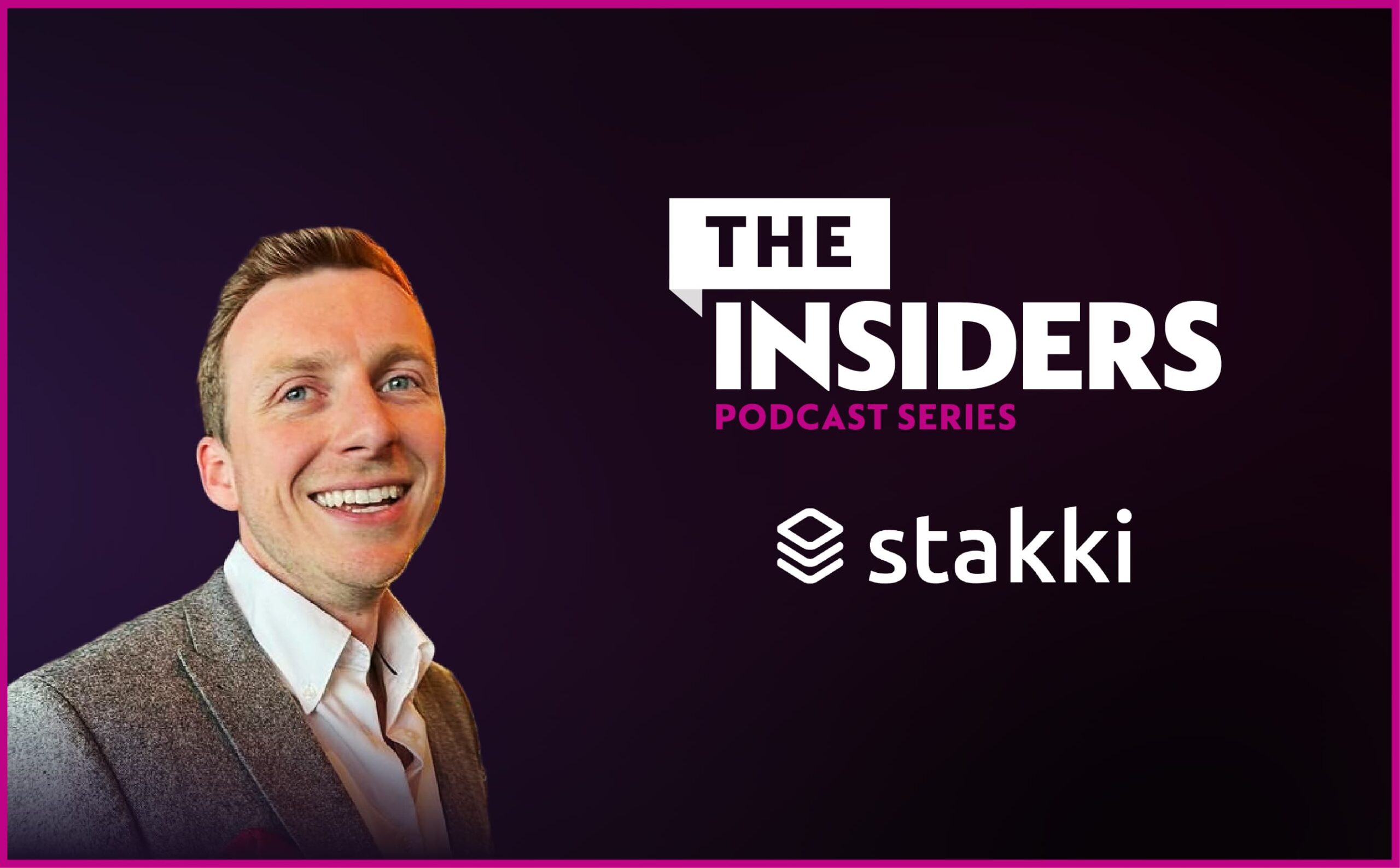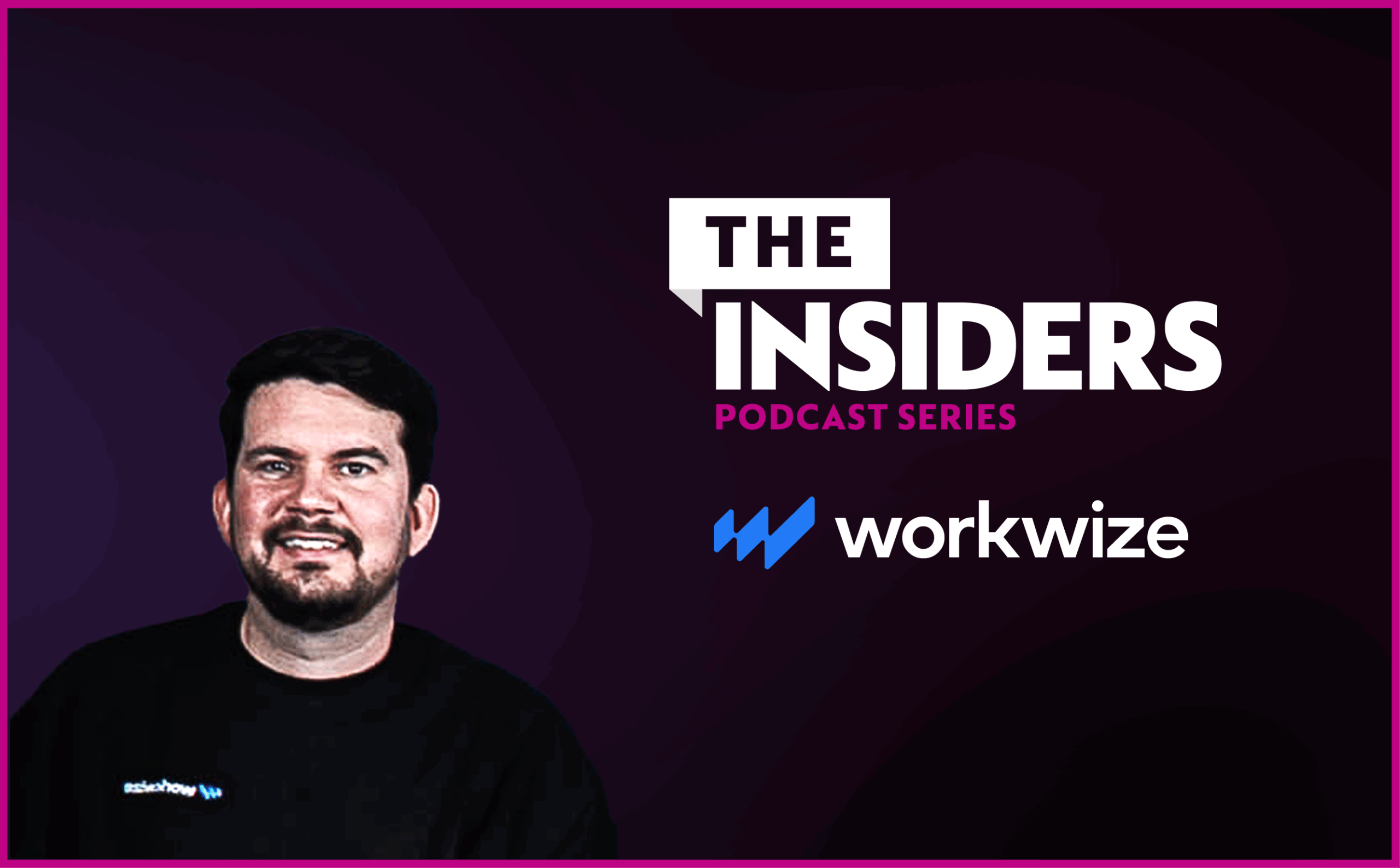Making Marketing a Revenue Center: From “Colouring Book” to “Cheque Book”
In this episode, Lisa Eaton passionately shares that marketing has evolved from the “colouring-in department” to a crucial growth engine. Once seen as a cost center, marketing is now as essential as sales in driving business success. Lisa explains how marketers must embrace commercial strategy, focus on proven tactics, and measure ROI to make a real impact. Forget busy work—today’s market demands strategic, revenue-driven marketers who can drive customer acquisition and brand growth. This episode is a must-listen for marketers looking to level up and prove their worth.
“Marketing is no longer just about creating content—it’s about driving measurable growth and proving its impact on the bottom line.” – Lisa Eaton.”
Transcript Summary
Richard:
Welcome to The Insiders by durhamlane, the podcast connecting marketing and sales. I’m Richard Lane, co-founder and CCO of durhamlane, and today I’m joined by Lisa Eaton, founder and CEO of Fabric. Lisa, welcome!
Lisa:
Thanks, Richard. It’s great to be here. Fabric is an L&D platform that helps businesses upskill their marketing teams to drive growth. We provide the tools and knowledge to transition teams into high performers, tackling all aspects of marketing from strategy to execution.
Richard:
Today, we’re discussing how to make marketing a revenue center—shifting from a cost center to a profit driver. How has the perception of marketing as a revenue driver evolved over time?
Lisa:
Marketing was once seen as a cost center, often the first thing to cut during budget cuts. But over the last decade, marketing has become a growth enabler. Marketers now need to be strategic, commercially minded, and focused on revenue, customer acquisition, and brand awareness. They need to prove the ROI of their activities, not just stay busy. It’s about showing how marketing can directly impact the bottom line, not just filling the calendar with activities.
Richard:
No room for anything less than strategic, results-driven marketing. For listeners feeling stuck in the “colouring-in” department, how can they change this perception and start driving revenue?
Lisa:
Start by asking the right commercial questions: What does success look like for the business? Understand the objectives and data behind them. Build your strategy around these goals, and show how you’ve influenced the metrics that matter. Marketing needs to prove its impact with clear results, not just by executing tactics. It’s about aligning marketing activities with broader business objectives.
Richard:
Great advice! With that in mind, can you share a success story of a company that shifted from a cost burden to a key revenue driver?
Lisa:
Lululemon is a great example. They invested heavily in brand awareness and became a category leader. However, once they reached number one, they cut back on marketing, thinking they could coast. This led to a loss in market share and revenue. It shows that even when you’re on top, you need continuous investment in marketing to maintain that position. The shift from cost center to revenue generator is not just about getting to the top, it’s about staying there.
Richard:
Exactly—if you’re not getting better, you’re getting worse. Cutting back on marketing costs hurt Lululemon’s revenue. Marketing needs ongoing focus, regardless of success.
Lisa:
Yes, cutting back on marketing, especially in tough times like Covid, hurt many businesses. But those that increased spend saw phenomenal growth. It’s crucial to have a strong marketing team that knows how to turn budget into revenue. The key is making sure the team is aligned with business goals and understands how their work impacts the larger commercial strategy.
Richard:
What about individual skills? How can marketers become more revenue-focused?
Lisa:
Commercial acumen is key. Marketers need to understand their market, adapt strategies, and use data effectively. Don’t stick rigidly to outdated plans—use data to make informed adjustments. A marketer who is commercially aware, data-driven, and customer-obsessed is invaluable. These qualities allow you to shift your approach based on real-time insights and market changes, which is critical in driving revenue.
Richard:
Love that – (Venn diagram)—strategy, data, and customer obsession. Moving on to data, it’s crucial for driving growth. Any best practices for segmenting data to maximise revenue potential?
Lisa:
Invest in a good CRM. Understand your Ideal Customer Profile and segment by both demographics and behavioural traits. Map out where each contact is in the funnel and be clear on what constitutes an MQL and SQL. Proper data clarity will guide prospects down the funnel and build a strong pipeline. The clearer you are on who your ideal customer is, the more precise and impactful your marketing can be.
Richard:
What advice do you have for maintaining data hygiene?
Lisa:
Define your segments early and maintain regular data reviews. Run self-opt-out campaigns to remove irrelevant contacts. As your database grows, a dedicated CRM manager becomes essential to keep your data clean and actionable. Make data hygiene a habit from the start—segment contacts correctly as they enter your CRM and perform regular checks to ensure everything stays in its right place.
Richard:
Great advice! Now, let’s discuss the MQL to SQL journey—how can sales and marketing teams work together to increase conversion rates?
Lisa:
Sales and marketing should have a shared commercial strategy. Defining what qualifies as an MQL and SQL together is key. Create clear definitions, set up feedback loops, and ensure both teams align on what success looks like. Communication and trust are essential. When both teams are aligned, you create a seamless handover that results in higher conversion rates.
Richard:
Exactly. We work as the bridge between marketing and sales, aligning both teams to drive revenue. Our Magic 35 qualification tool ensures sales teams get quality leads, which is essential for boosting conversion rates.
Lisa:
Exactly—marketing must qualify leads properly. Without this step, sales end up with unqualified leads. Marketing should focus on converting interest into intent to buy, making sure leads are ready for sales to close.
Richard:
Clear communication and defined processes are critical for smooth handovers.
Lisa:
The handover process is key—marketing must set clear expectations for follow-up times, ensuring sales understands the context of the leads. A well-defined process ensures a seamless customer journey and makes for a stronger partnership between the teams.
Richard:
I’ve heard stories about slow follow-up times—speed to lead is critical. If you don’t act quickly, competitors will take the business.
Richard:
Final question: After acquiring a customer, how do we continue to grow and retain them? How can marketing contribute to this?
Lisa:
Marketing plays a crucial role in retention and expansion. With clean data and a focus on customer segmentation, marketing can nurture existing customers, promote upsells, and drive advocacy. But it requires a deep understanding of the customer lifecycle and strategic content. The key is staying close to the customer and evolving with them as their needs change.
Richard:
Absolutely. Customer retention isn’t the end—it’s the start of the next phase. Keeping in touch and evolving with your customer is key to continued growth.
Lisa:
Exactly! Marketing can be a huge revenue driver across the board if it stays customer-obsessed and data-driven. It’s about ongoing engagement and ensuring your marketing strategy adapts as your customers evolve.
Richard:
That’s fantastic, Lisa. Thanks for sharing such great insights. Before we wrap up, how can people find out more about Fabric?
Lisa:
Visit Fabric Academy for resources and information on how we help marketing teams focus on revenue. Follow us on LinkedIn and check out our website for more details.
Richard:
Thanks, Lisa! And thanks to everyone listening. If you enjoyed this episode, you can find more. To learn about durhamlane, visit durhamlane.com. Until next time!
Recent Episodes
-
 The Future of Sales Tech: AI Won’t Replace Sellers, It Will Redefine ThemDecember 2025
The Future of Sales Tech: AI Won’t Replace Sellers, It Will Redefine ThemDecember 2025James Donaldson joins Richard Lane to discuss AI in sales tech, data quality and the future of human-first selling.
Listen now -
 Signals over Spreadsheets – How Workwize Built Smarter Sales PipelinesNovember 2025
Signals over Spreadsheets – How Workwize Built Smarter Sales PipelinesNovember 2025Workwize’s André Stoorvogel joins Richard Lane to unpack how intent signals, AI and one smart ICP pivot turned inbound into a true revenue engine.
Listen now -
 From $1M Mistake to Record Growth: Guy Rubin on Scaling SmartNovember 2025
From $1M Mistake to Record Growth: Guy Rubin on Scaling SmartNovember 2025Focus, patience, and data. Guy Rubin joins Richard Lane to share how defining your ICP and sticking to it can transform performance, rebuild pipeline confidence, and drive sustainable B2B growth.
Listen now




